Must Have Flies For The Beginner Fly Fisher
What are the Best Flies for a Newbie Fly Fisher?
by Chris Nielsen (Admin) Admin • July 12, 2021 in Fly Fishing Tips and Techniques, Fly Hatches
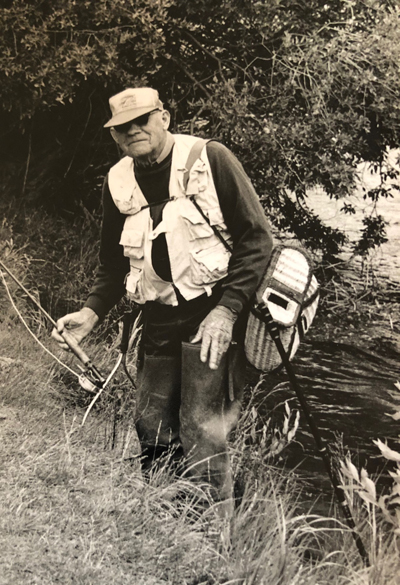
I started fly fishing when I was in 8th grade. My Uncle, Harry Johnson, taught me how to fly fish and tie flies. He had 2 favorite flies; a Renegade and a "Johnson Special", the latter being his own creation. Both of these flies are classified as an "Attractor Pattern". They don't imitate a specific bug, but they are fish catching flies! I learned to tie both of his favorite flies, and found that he was right...I could usually catch fish with those 2 patterns! Life was simple back then, knowing that there were only 2 flies I needed to catch fish!
Fast forward a number of years (more like decades), and the fish we target now have been caught and released over and over, and consequently, those fish are a LOT smarter than the fish I fished for as a youth. And as fish have become wiser to our flies, the number of fly patterns available has exploded!
Now, enter the newbie fly fisher. What flies should you have when you go fly fishing? The choices are overwhelming! While I would like to recommend a Renegade and a Johnson Special, you will be better off with the flies listed below; modern day flies, designed for fish that are "pretty smart"! (I say that loosely, as the size of a trout's brain is smaller than a BB)
Next to tying knots, picking the right fly can be difficult, even for the seasoned expert. Many of the following flies imitate many different aquatic bugs. (For example, the RS2 can be used as a baetis, a midge, a trico, and many other bugs. By using this fly, you cover a lot of bases!) Other flies in this list may not imitate an actual aquatic bug, but they are proven fish catchers. All flies in this list have a proven track record.
So, before you head out fishing, consider the following flies "Must Haves".
Size is important, and varies according to where you are fishing. For example, Colorado and Utah are famous for requiring smaller flies than most other destinations. When in doubt, go smaller!
Nymphs:
 | 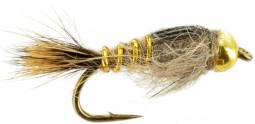 | 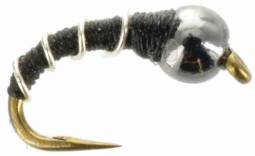 |  | 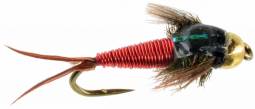 | 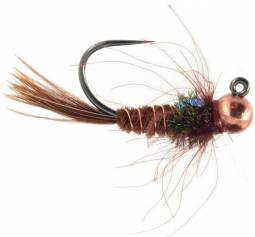 |
Emergers:
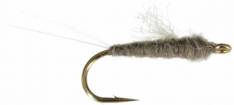 | 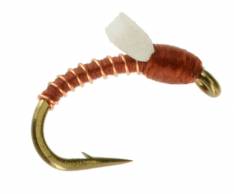 | 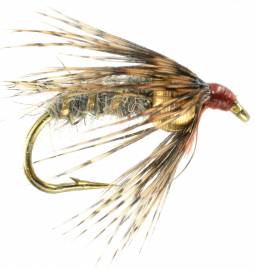 | 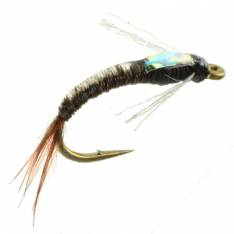 | 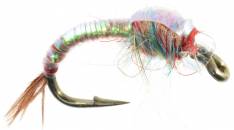 |
Dries:
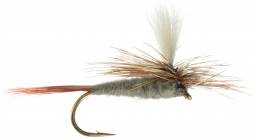 | 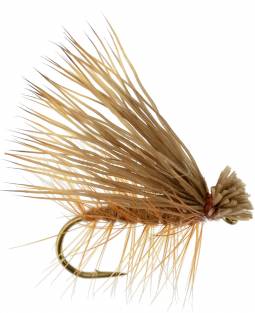 | 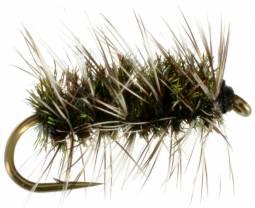 | 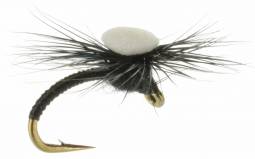 | 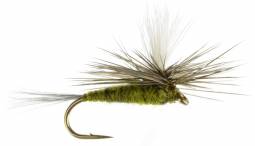 |
If there are any bugs present on the water, pay attention to their size and color, and do the best you can to match that bug with a fly in your fly box. If there are no bugs present, try any of these fish catching patterns!
For Further Reading, take a look at Fly Tyers Opinion.

